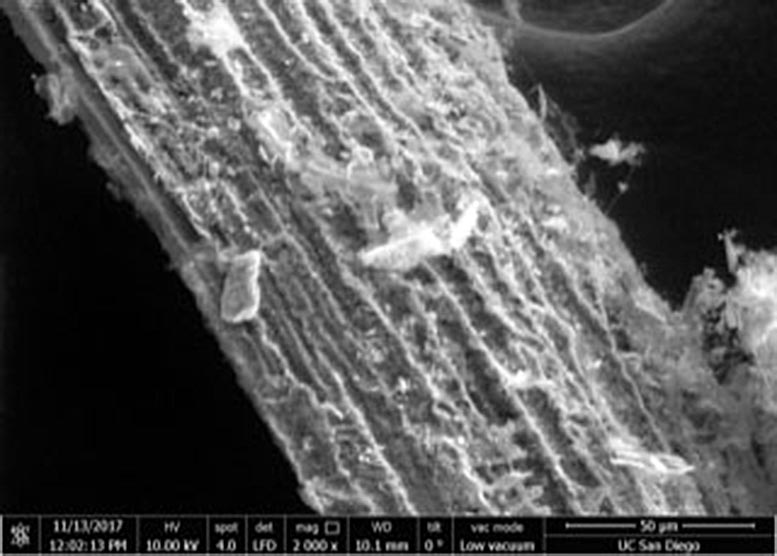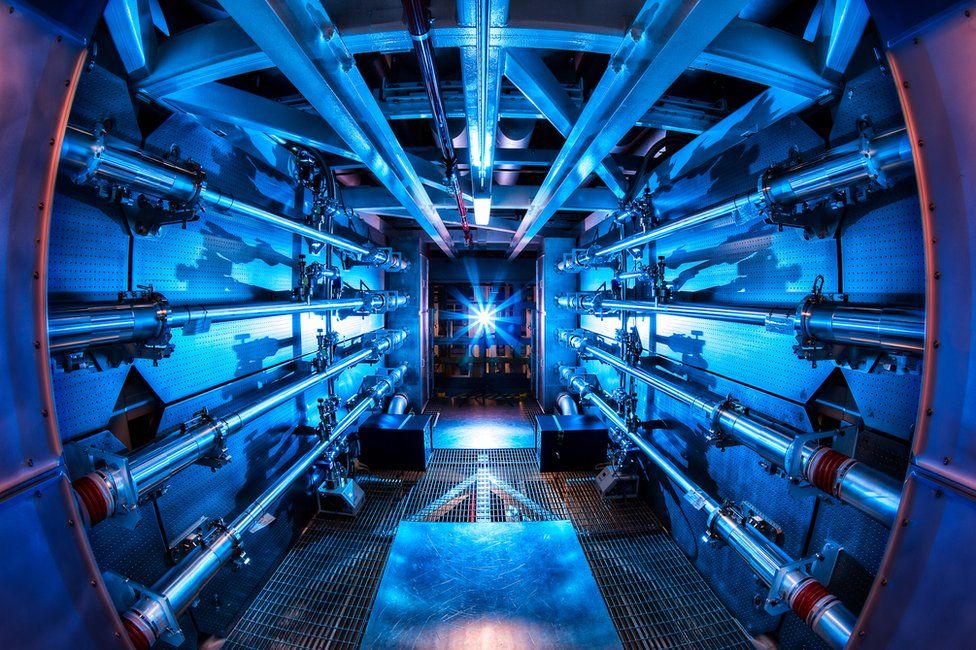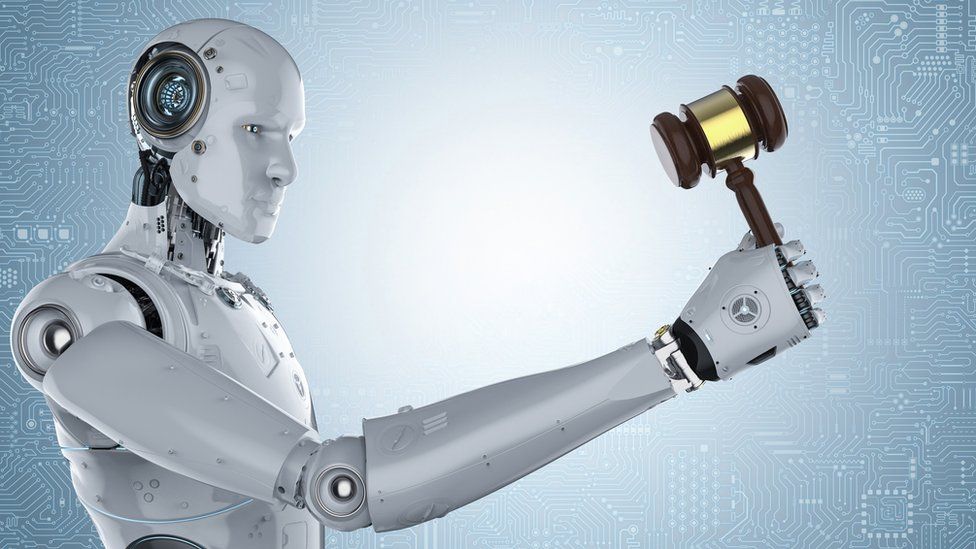Mounties to see their salaries soar as first collective agreement is ratified
A constable could make up to $20K more

Thousands of Mounties are about to receive a massive pay increase.
For the first time ever, a union representing RCMP members has ratified a collective agreement with the federal government to cover nearly 20,000 members.
A tentative agreement with Treasury Board was announced earlier this summer. Following a ratification vote, it was signed digitally (due to pandemic restrictions) earlier this month, says the National Police Federation, the Mounties' union.
Before the new collective agreement, a constable could make up to $86,110, while a staff sergeant made between $109,000 and just over $112,000.
According to the RCMP, as of April 1, 2022 a constable will make up to $106,576 — a jump of $20,000. A staff sergeant will make between $134,912 and $138,657 next year. Constables account for more than half of the RCMP's ranks.
The deal also includes retroactive increases going back to 2017— the last time the RCMP updated its wages was 2016. According to the agreement, the rates of pay will change within 90 days of the signing of the collective agreement.
The pay boost will cause the public safety budget to balloon for the next federal government.
The deal covers all RCMP members from constables to staff sergeant majors, including special constables. According to the latest numbers published online, the RCMP employs 11,913 constables and 3,599 corporals — which means the raise could cost the federal government hundreds of millions of dollars per year.
The salary increase comes as the RCMP struggles to recruit new members amid an international reckoning over police budgets, driven by in-custody deaths in the United States and investigations of Canadian police services' use-of-force policies.
RCMP members have been fighting for years to get to this stage. Until 2015, RCMP officers had been barred from forming a union since the 1960s, when other federal public servants gained the right to collective bargaining. It was one of the only police forces in Canada with that restriction.
BECAUSE IT WAS CLASSIFIED AS A MILITARY POLICING FORCE THEY FOUGHT IN THE BOER WAR AS NWMP
Municipalities eye impact of RCMP union contract with 23 per cent raise over six years
First collective agreement between federal government, National Police Federation signed this month

RCMP members have ratified their first collective agreement, and it provides a salary increase of 23.7 per cent over six years — an increase that has New Brunswick municipalities calculating how much more they will be paying for policing.
The contract signed Aug. 6 between the federal Treasury Board and National Police Federation, the RCMP union, includes retroactive pay increases.
Dan Murphy, executive director of the Union of Municipalities of New Brunswick, said communities are just starting to get the details of the contract. He said the cost of policing has been among the top issues for municipalities after the province's planned reforms to local governance.
"It's kind of an issue that affects smaller municipalities as well as larger municipalities," Murphy said in an interview. "So everyone is kind of grappling with what this could mean, trying to make plans accordingly."
In Moncton, where Codiac Regional RCMP is the largest detachment in the province, $3.5 million had been set aside by the Codiac Regional Policing Authority to cover retroactive payments. The amount was based on an assumed 2.5 per cent annual wage increase, though the actual increase is higher.
"We think there's going to be a shortfall, we just do not know at this point what the amount is," Jacques Doucet, Moncton's chief financial officer, said in an interview Monday evening.

Doucet said the details of the contract were received late last week, and its implications are still being analyzed by RCMP and the regional policing authority, which oversees the Mounties who police Moncton, Dieppe and Riverview.
Doucet said they need to know who was on staff in the previous years, their rank, and who was on leave before a more complete accounting can be done. When that can be done will depend on the RCMP, which has the required payroll information.
The contract covers RCMP reservists and officers below the rank of inspector. It says pay rates will change within 90 days of the agreement being signed.
Union president Brian Sauvé has previously said that his goal was to bring Mountie pay in line with other police agencies. In a statement announcing the tentative agreement in June, Sauvé said RCMP pay "fell significantly behind municipal and provincial police counterparts."
In Fredericton, which has its own police force, a first class constable earned $87,008.66 in 2016, and $97,359.61 in 2020, according to their pay scale.
Under the RCMP's 2016 pay scale, a first class constable would earn $86,110. That rises to to $106,576 by next April. A corporal who made $94,292 in 2016 would see their pay rise to $116,703 next year.
Codiac RCMP Insp. Benoit Joliette, speaking to Moncton council Monday night, acknowledged the new contract and said the force is working to determine its impact.
"We'll keep working with the three communities to see what the impact will be," Joliette said.
Under the policing contract, Moncton pays about 70 per cent of the $33 million Codiac RCMP budget, with Dieppe paying about 18 per cent and Riverview covering the rest.
"It's been on our radar for a long time," Moncton Mayor Dawn Arnold said of the salary increase. "We've known it was coming. But as far as the precision of what the implications will be, we don't know those exactly right at this time."
The increase comes as the city has yet to make a decision on whether to go ahead with building a new Codiac RCMP station. The cost, once pegged at $46 million, has risen but the city has not made the new estimate public.

























